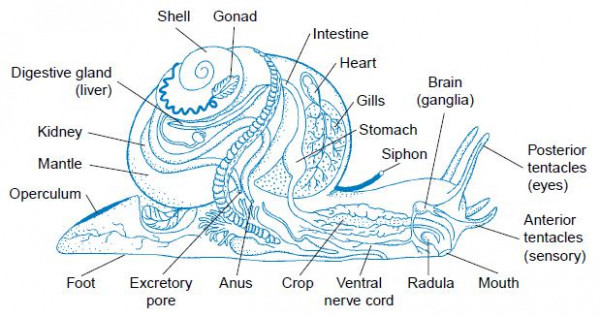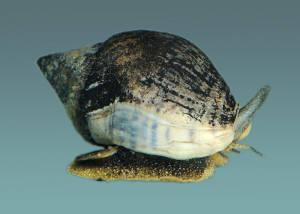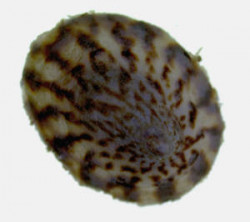Gastropods
Gastropods are a large taxonomic class of molluscs, commonly referred to as snails and slugs, many of which live in the marine environment. Unlike the bivalves, these shellfish are characterised by their long muscular foot and single external shell. The shell is often coiled or spiral shaped and can be simple or ornate. In all cases the shell is large enough for the animal to fully withdraw inside it for protection. In some species (for instance, limpets) the shell is only coiled in the larval phase, while other species (e.g. nudibranchs) lack shells altogether.
There are somewhere in the vicinity of 60,000 – 80,000 gastropods worldwide, of which its estimated 30,000 are marine. Over 2,500 marine gastropods have been recorded in New Zealand waters with around 80% exclusively found here. New Zealander’s are likely to recognise many common gastropod shellfish such as limpets, paua, cats-eyes, periwinkles and whelks, due to their importance both culturally and as a human food source. Gastropods perform an important role in the marine food chain, with many fish and birds consuming them as part of their natural diet. Gastropods employ a variety of feeding strategies including grazing, browsing, suspension feeding, scavenging, herbivory and carnivory, filling numerous ecological niches. Fossil records for gastropods date back to the late Cambrian era (around 514 million years ago).
Certain species of gastropod are known to respond to changes in fine terrestrial sediment (mud) and pollution in predictable ways, making them good indicators of estuarine health. Information on the most common gastropod species we monitor is given below.





To ask for help or report a problem, contact us
Tell us how we can improve the information on this page. (optional)